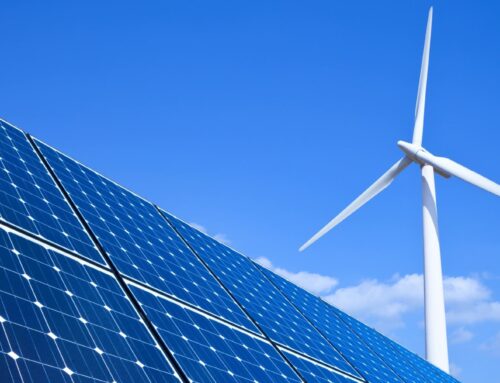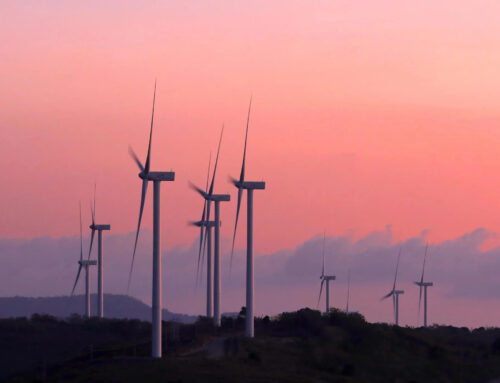The Megadroughts Have Arrived | Earth And The Environment
January 26, 2025
Climate change is affecting a seemingly endless number of things, in increasingly drastic ways. Especially lengthy periods of dry weather — persistent, multi-year droughts, have become more common since the 1980s, according to a new study. This research aims to draw attention to a growing problem so that more informed policies can be developed to deal with this serious problem. The work has been reported in Science.
Chile is one country that is grappling with a megadrought, which is thought to be the lengthiest in the region in one thousand years. Water reserves are getting lower, threatening a number of industries and public health.
Droughts are often not noticed until they have caused serious problems for communities, leading researchers to look at drought patterns in recent decades. In this study, the investigators assessed meteorological data from around the world from 1980 to 2018. This showed that multi-year droughts have become more frequent, longer, and more expansive – occurring over larger tracts of land. Now this problem is expected to get worse as the climate continues to change, due to rising carbon dioxide in the atmosphere (and still, those levels are only continuing to increase).
Since 1980, there has been an average annual increase in drought-stricken areas of fifty thousand square kilometers, which is about the size of Slovakia, or Vermont and New Hampshire put together. This is enormously damaging to agriculture, ecosystems, and energy production, noted senior study author and Professor Francesca Pellicciotti, of the Institute of Science and Technology Austria (ISTA) .
This study measured anomalies in rainfall and a process called evapotranspiration, in which water evaporates from soil and plants into the air, and how they impacted ecosystems. The effects of multi-year droughts could be assessed, even for remote regions that are not well-studied or observed.
Higher rates of temperature increases, longer droughts, and more evapotranspiration caused local ecosystems to dry out and get browner. This happened even while rainfall events are heavier. This seems to confirm another recent study that has highlighted a phenomenon called hydroclimate whiplash, in which long periods of drought are punctuated by torrential rainfall, and balance is lost.
Megadroughts were found to have the biggest impacts on temperate grasslands, with notable impacts in central and eastern Mongolia, southeastern Australia, and the western US, where well-documented multi-year droughts have happened in recent years.
This research also revealed that boreal forests and tundra seem to react very differently to warming and droughts. These regions are having longer growing seasons, because the cold weather is usually the limit on their growth, and not drought or water availability.
The study authors noted that this research has come to a clear conclusion that megadroughts are intensifying around the world. The Arctic is also getting greener.
“Currently, mitigation strategies largely consider droughts as yearly or seasonal events, which stands in stark contrast to the longer and more severe megadroughts we will face in the future. We hope that the publicly available inventory of droughts we are putting out will help orient policymakers toward more realistic preparation and prevention measures,” added Pellicciotti.
Sources: Institute of Science and Technology Austria, Science
Search
RECENT PRESS RELEASES
Related Post





